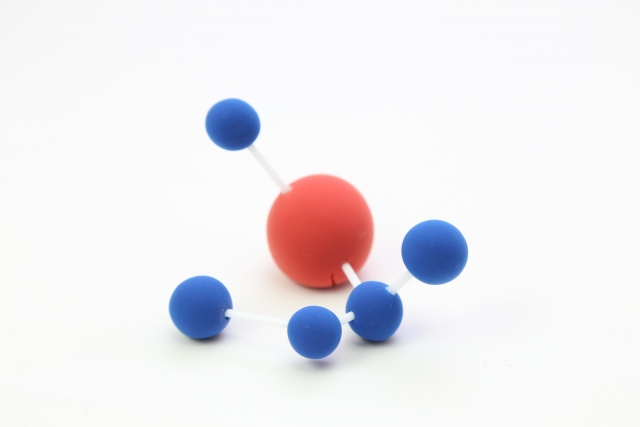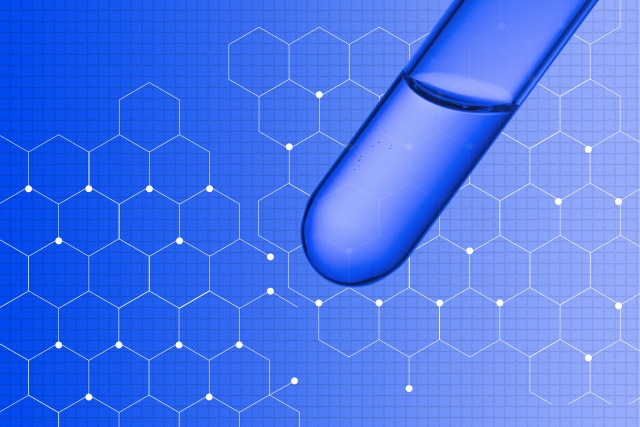
Introduction
Mitochondrial DNA (mtDNA) is special genetic information passed from mother to child and is the key to tracing maternal lineages. This article details the basics of mitochondrial DNA, how to trace your maternal lineage, and what research findings tell us about human history.
1. Basic Understanding of Mitochondrial DNA
Mitochondrial DNA resides in the mitochondria, which are responsible for generating energy in the cell. Unlike nuclear DNA, it is passed from mother to child almost unchanged. This is because the father’s sperm contains very little mtDNA.
2. mtDNA as a Tool for Tracing Maternal Genealogy
The genetic stability of mitochondrial DNA makes it a powerful tool for tracing back genetic ancestry. In particular, by studying haplogroups (populations with common genetic characteristics), one can elucidate the history of one’s maternal lineage. This allows us to learn more about migration patterns and racial formation.
3. Mitochondrial Eve and the Origins of Humankind
The concept of “mitochondrial Eve” refers to the common ancestor of the current human maternal lineage. Research indicates that this woman existed in Africa approximately 200,000 years ago and is key to human evolution and migration. This study is of great significance in evolutionary biology because her mtDNA is inherited by all present-day humans.

4. Mitochondrial DNA and Historical Human Migrations
Ancestral migration pathways in Asia, Europe, and the Americas have been elucidated by mitochondrial DNA. For example, genetic analysis has shown more clearly the pathways of human migration from Asia to the Americas and the history of ethnic mixing in Europe.
5. Applications of Mitochondrial DNA: Contributions to Modern Medicine and Anthropology
mtDNA is also important in the study of inherited diseases. For example, certain inherited diseases have been found to be associated with mutations in mtDNA, which has led to early diagnosis and preventive measures being considered. Also, in archaeology, mtDNA has been extracted from ancient remains to help elucidate the lives and migrations of people in the past.
6. Conclusion: Mitochondrial DNA offers future possibilities
The study of mitochondrial DNA is not limited to the elucidation of maternal genealogy, but contributes to a wide range of fields from genetics, evolutionary biology, and medicine. As new technologies and research advances, new discoveries about humanity’s past and health are expected to continue to emerge.


